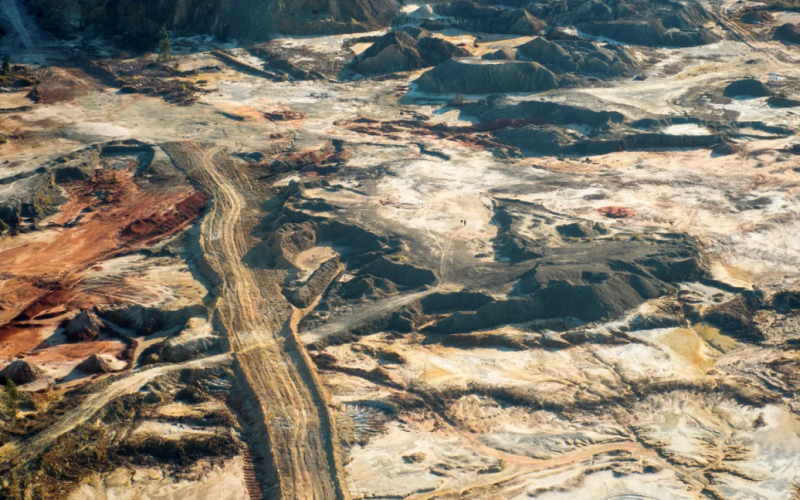The Witwatersrand basin became the target of the so-called "gold rush" in the 19th century.
The Witwatersrand Basin, located in Africa, may contain a lot of “invisible gold”. Its cost could reach $24 billion. Scientists may know how to access it.
IFLScience writes about this.
As noted, the Witwatersrand basin became the target of the so-called “gold rush” in the 19th century. The extraction of gold from it became so profitable that it contributed to the founding of the city of Johannesburg.
Interestingly, it is estimated that about 40% of the gold extracted from the earth was found in this basin. During gold mining, a pile of waste was left behind, called “tailings”.
One of the Zimbabwean scientists conducted an analysis and calculated that up to 460 tons of so-called “invisible gold” could be stored in the basin. At the same time, the precious metal itself is not always stored in the form of shiny ingots. Sometimes it “hides” inside other minerals.
The scientist not only estimated the weight of gold, but also suggested ways to extract it. He proposes a new way to process tailings to obtain metal, since current methods are quite inefficient.
“Historically, gold concentrations in tailings ponds were considered too low to be of value. But now that heavy mining has depleted most of the rich concentrations of gold, it is no longer possible to extract it – some mines already reach depths of four kilometers underground. Searching for gold in low concentration sources is becoming increasingly viable,” said Dr. Steve Chingwaru
According to him, usually only 30% of the gold can be recovered during such mining. In his own work, Chingwaru studied how the remaining 70% could be extracted from pyrite.
“By recycling pyrite, the root cause of acid mine drainage can be eliminated, as well as economically benefiting from it. This process has the potential to produce additional valuable by-products such as copper, cobalt and nickel, as well as reduce or eliminate heavy metal pollution and acid mine drainage associated with tailings disposal,” added Dr.
The pool, according to the scientist, can store $24 billion worth of gold.
Recall that the girl bought two bags of jewelry for 50 dollars and was shocked that the bags contained precious necklaces and earrings.
Related topics:
More news

